Inside Sissinghurst Castle: once home to Vita Sackville-West and Harold Nicolson
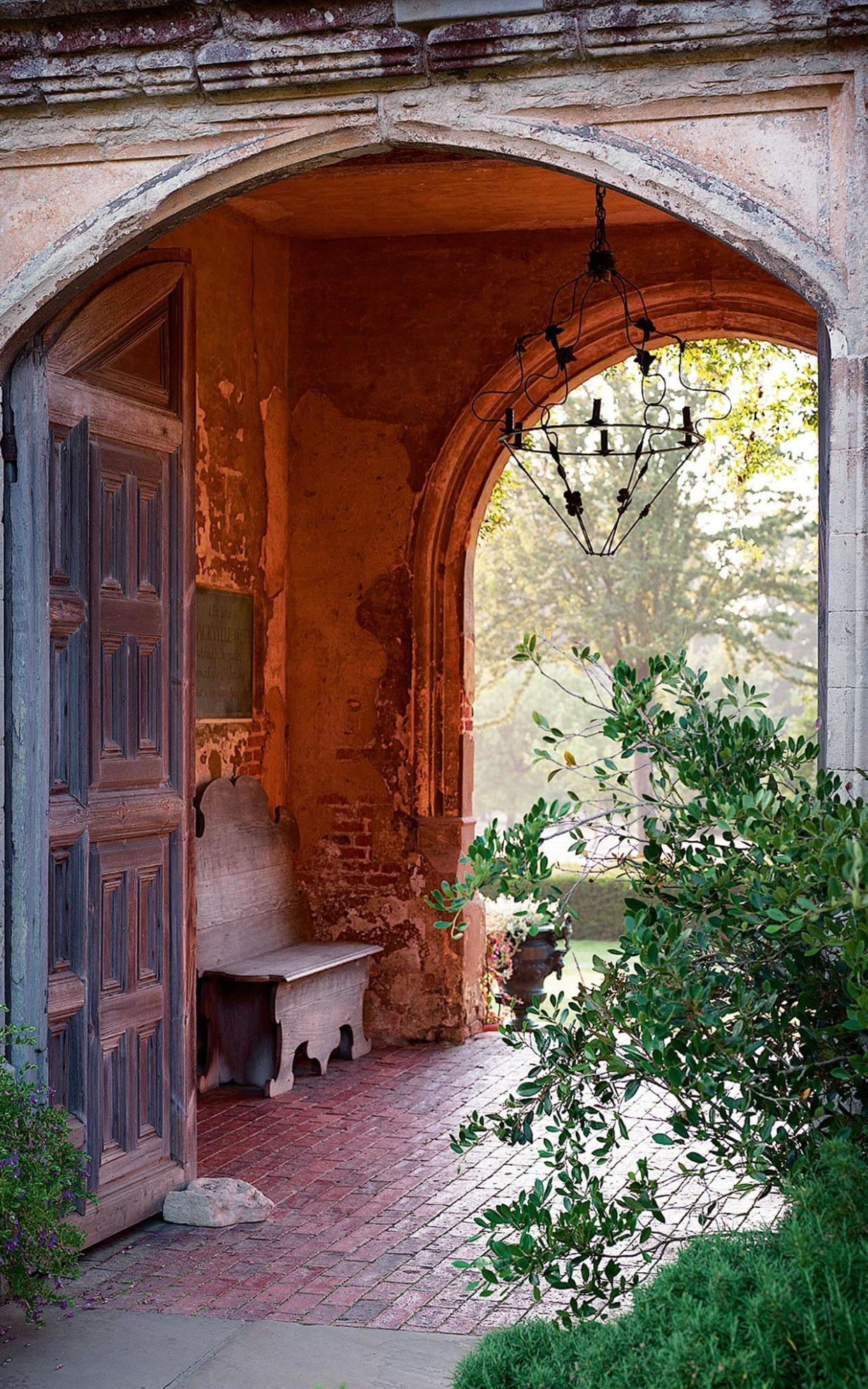
Art lovers and Bloomsbury fans all flock to Sissinghurst Castle, once home to Vita Sackville-West and Harold Nicolson, but the restoration of their vast library has revealed another story, of the enduring love on which their unconventional marriage was built.
I still feel somehow I’m intruding every time I climb the 16th-century tower at the heart of Sissinghurst Castle. This was Vita Sackville-West’s sanctum – where she wrote, where she kept her most precious books, where she planned out the garden in which the turret sits like a lighthouse in a sea of flowers.
Sackville-West’s children, Benedict and Nigel Nicolson, weren’t allowed into the tower to visit their mother, whose study-cum-library on the first floor remains cloistered behind a gate of heavy iron bars. Even her beloved Harold – Nicolson, her husband – came up only rarely, knowing how she valued her Elizabethan seclusion.
I first visited the castle last summer, with my grandfather, 93, who made a point of taking the 78 stairs to the tower’s giddy top two at a time. I fell in love with the place and its warm red-brick crenellations, and I began to make regular visits, finding a bench or a hummock on which to sit and read.
Now it was February, though, a sharp, bright day when the bones of Sissinghurst’s garden glimmered with frost. I was on my way down the tower’s spiral staircase when a voice came from Sackville-West’s study: "Have a look at this."
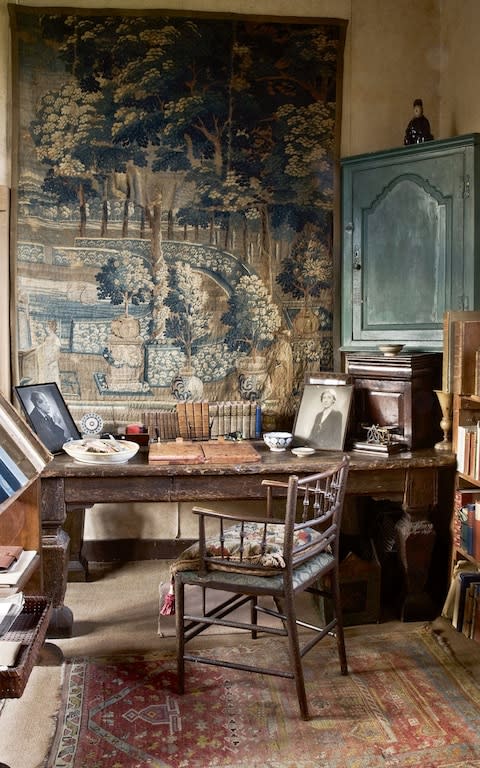
A small, energetic woman, as sparkling as the day outside, approached from out of the gloom clutching a book. This was Vicky McBrien, one of the genial spirits of Sissinghurst, a National Trust employee whose knowledgeable enthusiasm for the house and its inhabitants were to prove gloriously infectious. The book was of Emily Dickinson’s poems; inside was an inscription to ‘Harold and Vita’ by a Mrs Dwight Morrow, the date 1933.
McBrien told me that this was not long after the couple bought Sissinghurst, as they were slowly moving into the half-ruined Kent castle from their previous home, Long Barn, near Sevenoaks. Mrs Morrow was Charles Lindbergh’s mother-in-law, and the Lindberghs had stayed at Long Barn in the wake of the notorious kidnap and murder of their infant son.
I knew Vita as the model for her lover Virginia Woolf’s Orlando, as a first-rate gardener and a second-rate writer
The story illuminated much of what I knew about this aristocratic, bohemian couple with their glamorous friends and lovers, their shady far-right associations (Nicolson had been the editor of Oswald Mosley’s party newspaper, Action) and their beautiful homes. I’d read Nicolson’s diaries and had built up a picture of Sackville-West as a malign presence in his life, denying him advancement in the Foreign Office by refusing to play diplomat’s wife, glorying in her increasingly public affairs while he was left to form shabby attachments with male friends.
I knew her principally as the model for her lover Virginia Woolf’s Orlando, as a first-rate gardener and a second-rate writer. I said as much to McBrien and she shushed and tutted, inviting me back in a few weeks’ time to view the completion of the most ambitious book-restoration project the National Trust has undertaken the renovation and cataloguing of the couple’s 11,000-volume library.
Meanwhile, McBrien set me some reading: Nigel Nicolson’s Portrait of a Marriage, in which the author describes his parents’ love for one another and the affair that nearly tore it apart. The book shows them as utterly dependent on each other, their union as robust as it was idiosyncratic. It was a useful primer for the months I’d spend going back to Sissinghurst, losing myself in the endless library, each trip turning up some new facet of the pair’s extraordinary marriage.
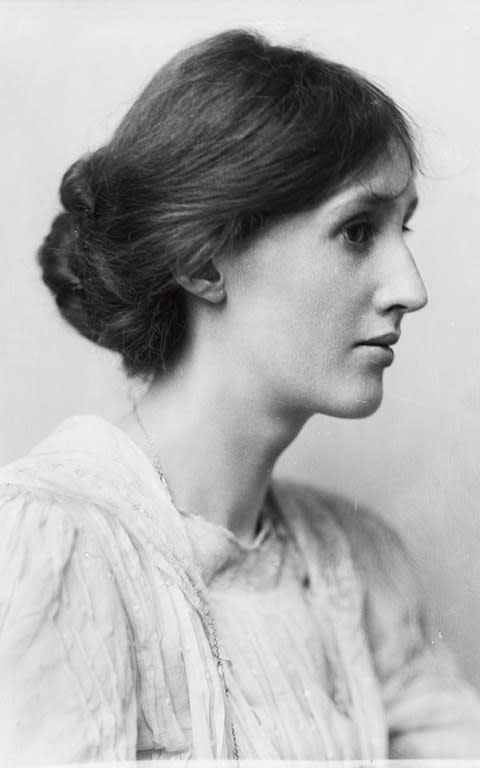
It feels fitting that 2017 should mark the 50th anniversary of the National Trust taking on the management of Sissinghurst Castle, for it is also, of course, 50 years since the decriminalisation of homosexuality, which was recently marked at Sissinghurst by a joint exhibition with the National Portrait Gallery called Speak its Name!.
The story of Harold Nicolson and Vita Sackville-Westis one of the great gay narratives of the 20th century. It’s also a reminder that every marriage is unique, with its own special accommodations, and that crises that might seem terminal to some couples are sailed over breezily by others. Nicolson’s pithy aphorism on marriage is often quoted at weddings: "The great secret of a successful marriage is to treat all disasters as incidents and none of the incidents as disasters." It gives the advice added weight to know he followed it so closely in his own life.
In May this year, I came to Sissinghurst to meet Caroline Bendix, the freelance book restorer whom the National Trust hired to complete the library project (along with the cataloguer Harvey James). It was a matter of days before the conclusion of the four-year scheme, and Bendix – rather grand, beautifully dressed – and her team gave off a faintly end of-term feel. The restoration has been vast in scale, with 94 per cent of the books needing some kind of work, and 25 metres of extra shelf space needed to accommodate the ‘book shoes’ that now protect almost every volume.
"Gravity is the main killer in any library," Bendix told me. "Particularly when you have a lot of 19th-century books, as we do here. Until the end of the 16th century, books simply weren’t stood on end." The main Sissinghurst library – there are smaller, more personal libraries in Nicolson’s study in the South Cottage, and in Sackville-West’s tower – is housed in the castle’s former stables.
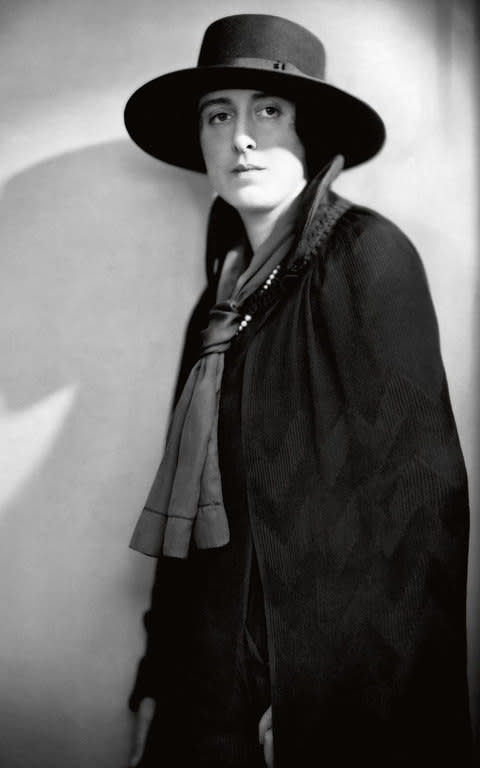
Even on a balmy May day, it was dank in there. "Anyone who works for the National Trust," Bendix laughed, "knows they’ll be cold at some point." There have been efforts to control damp in the room. Bendix told me slugs used to roam freely over the collection, leaving silvery trails across spines, taking exploratory nibbles at paperbacks.
The library is gloomy, with its wood panelling, its dark Chinese lacquer cabinet, its Renaissance globes and the sfumato Elizabethan portrait of Sackville-West’s ancestors that dominates one end. As the evenings draw in,though, it can be a place of great cosiness, perfect for curling up with a book and forgetting the century that rages outside.
Bendix and I walked the length of the library, admiring the home-made shelves, the finger-marked, slightly tatty, clearly much-read books. "There are one or two fine bindings," Bendix told me, pulling out a signed copy of Queen Victoria’s Highland Journal dedicated by the Queen to Sackville-West’s father, Lord Sackville. "But generally these were books intended to be read rather than admired."
On a table beside us an unfurled ancient map was more terra incognita than cognita. "One of Harold’s books," Bendix told me, "an 18th-century political work, was bound in much older paper." The binding was a 1513 edition of Ptolemy’s Geographia, one of the oldest maps in existence. It’s just one instance of the treasures that the project has uncovered.
I asked Bendix what she’d learnt from the restoration, from spending so many years absorbed in the lives and books of these people. She thought for a moment and then searched for a book and opened it, pulling out an envelope that was folded inside.
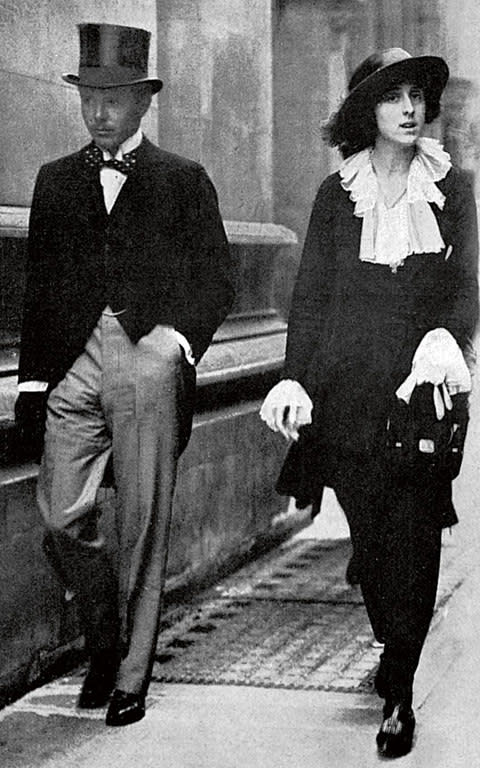
"The first thing," she told me, "was that I came to understand how human they both were. You come upon something like this…" She showed me the envelope, which was a shopping list. It read, "Toothpaste. Stamps. Eddy?" in Sackville-West’s hand.
"But also," she continued, "I’ve come to see how much Harold is unsung. People come here looking for Vita and they don’t realise what a huge part of it all he was. They couldn’t have done this – the library, the garden – without each other. They’re such similar people in so many ways."
The Argentinian writer Carlos María Domínguez said, "To build up a library is to create a life. It’s never just a random collection of books." The day I spent with Bendix, then during subsequent visits with Vicky McBrien, I felt as though the books were a lens through which I was granted an intimate and privileged picture of Nicolson and Sackville-West’s lives together. Both were serious critics and made notes in the margins and, more extensively, at the back of the books they read.
Heartbroken, Nicolson was still able to write to Sackville-West, about Trefusis: ‘I don’t really feel that anything so deep or so compelling as her love for you can be called unnatural or debasing.’
In a leather-bound edition of Jane Austen’s Northanger Abbey, right at the beginning, there’s a line in Nicolson’s hand: "It’s no good pretending this is anything other than a very bad book." Sackville-West, not to be outdone, wrote, "Very Bad" on the cover of Dead Reckoning by Francis Bonnamy. Both put favourable press cuttings of their own books inside their copies; Nicolson went so far as to bind his first novel – Sweet Waters – in its own luminous reviews.
It was in Sackville-West’s study that I felt closest to the couple, though. There was a copy of Nicolson’s early critical work on Tennyson, published in 1923 and dedicated in pen to Sackville-West by "her lover, Harold Nicolson". There was the collection of books by Virginia Woolf, with their beautiful Vanessa Bell dust jackets.
There was the Collected Poems of Robert Bridges, whom Sackville-West had visited as a young woman at his house outside Oxford. Inside the copy was written, "First Prize for Essay, Easter Term, 1909, Vita Sackville-West." Best of all, though, was a copy of Hugh Massingham’s The Great Victorians in which, as if slipped inside to hide it, we found a photograph that could only be of the other great love of her life, Violet Trefusis.
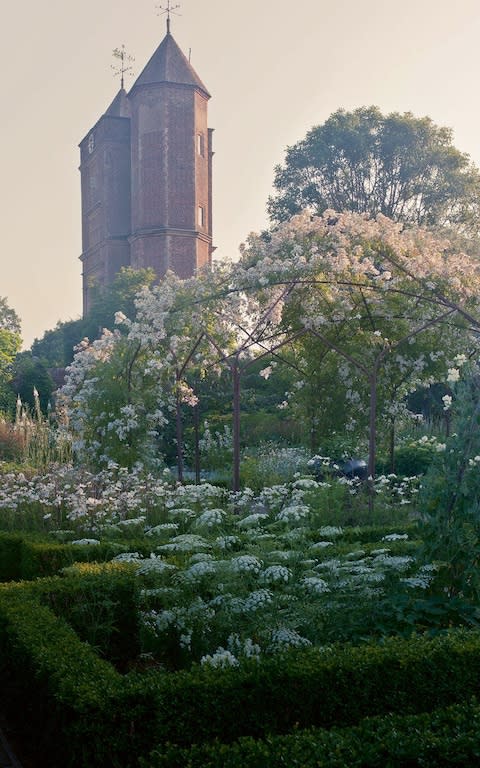
Sackville-Westwas in a relationship with a woman when she met Nicolson. She continued to sleep with Rosamund Grosvenor, a school friend, even after the marriage, in 1913 (at which Grosvenor was bridesmaid). It was another school friend, though, Trefusis, who threatened the integrity of the marriage. The affair was furious and flouncing, lasting for three years, from 1918 to ’21, just as Nicolson was playing his part in negotiating the Treaty of Versailles.
Sackville-West and Trefusis roamed Europe together, Sackville West’s two children near-forgotten in Kent with their nannies. She would dress up in men’s clothes and call herself Julian – "I looked like a rather untidy young man, a sort of undergraduate, of about 19," she wrote. With Trefusis on her arm, she’d roam the streets of Paris and London. "I never felt so free… The extraordinary thing was, how natural it all was for me."
Trefusis was the daughter of Alice Keppel, the long-time mistress of Edward VII. She would often claim the King, rather than stuffy George Keppel, as her natural father. She was married to Denys Trefusis, an army major, but said that marriage was "an institution that ought to be confined to temperamental old maids, weary prostitutes, and royalty".
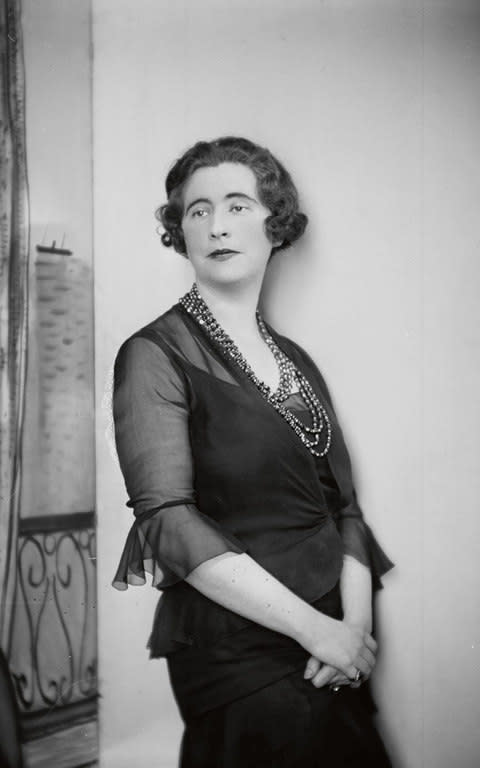
Sackville-West admitted that at first she saw Nicolson as nothing more than "a companion and playfellow", but it was as if the affair with Trefusis wasatest of him, and one he passed with flying colours. After six months spent immersed in the couple’s lives, I find it is Nicolson’s decency that comes through most strongly. Heartbroken, he was still able to write to Sackville-West, about Trefusis, "I don’t really feel that anything so deep or so compelling as her love for you can be called unnatural or debasing."
When, on Valentine’s Day 1920, he and Denys Trefusis chartered a plane and flew to Amiens to retrieve their wives after another elopement, it could have been an assertion of masculine ownership. Instead, Nicolson was patient and gentle, wanting only to protect Sackville-West, to preserve their nascent love.
One of the most revealing documents in Sackville-West’s room was the lending record in which she detailed the books she loaned to friends and lovers. There were more women (and a handful of men) after Trefusis, but none of them threatened the marriage. Nicolson was the first to confess his sexuality to his wife, after contracting a venereal disease from "one of the guests" at a house party at Knebworth.
Sackville-West’s sexuality appeared mysterious even to her, but later she would write, "I believe it will be recognised that many more people of my type do exist than under the present-day system of hypocrisy is commonly admitted." Above all, the couple were always honest to each other, trusting that they would always return, would always hold each other above the lovers that drifted in and out of their lives.
One final book, a copy of Robin Fedden’s The Enchanted Mountains: A Quest in the Pyrenees. Inside, in a shaky hand, Nicolson has written, "This is the book my darling was reading when she died." I read the inscription through sudden, slightly shaming tears. My time at Sissinghurst persuaded me that a library can be both a work of art and a form of immortality.
The pair’s deep love, their eccentric world views, their extraordinary personalities: all of this lives on in the books. And as we browse those hushed shelves, we’re reminded of the complexity of life, its contradictions, and that there is no single story, but many; no one truth, but a multitude.

